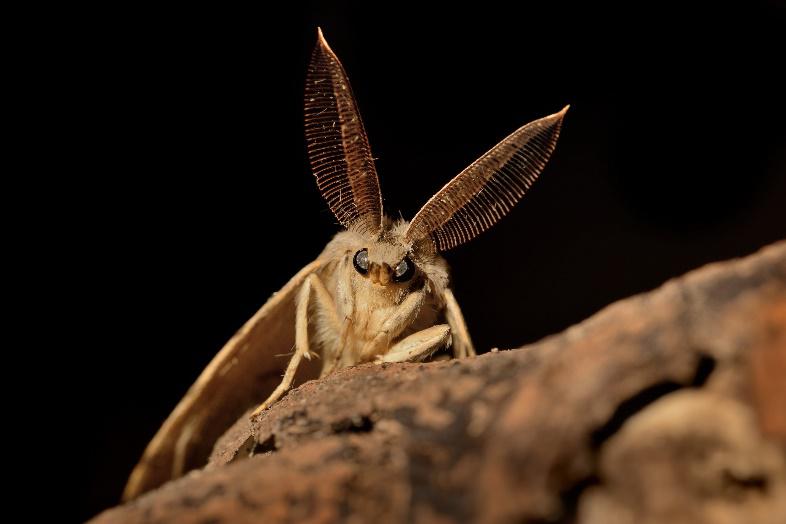Clothes Moths: The Problems They Cause and What to Do
- July 24, 2018
- Posted by: arksidemarketing
- Category: Insects

When most people think of moths, they think of harmless insects that resemble butterflies but aren’t as beautiful. While most moths are harmless, some can cause damage to your property.
Certain species of moths can destroy food or cloth inside your home if they begin to live there. Read this blog to learn about moths that damage textiles inside your home and what you can do to stop them.
The Damage Moths Cause
Only a few moth species cause damage to clothes and fabrics, and they do it differently. These species include common clothes moths, case-bearing clothes moths, brown house moths, and white-shouldered house moths. You or your pest control specialist may be able to identify the species of moth that has infested your home by the pattern of the damage or the type of materials consumed.
Some moths prefer animal-based materials like wool and leather, while others prefer plant-based textiles like cotton. You may see regular- or irregular-shaped holes, depending on the moths involved, and the damage can be to clothes, bedding, curtains, or upholstery.
In every case, the adult moths that you may see around don’t actually cause damage to your property. Instead, it’s the larvae that the moths lay that eat these materials. If you have an infestation, you may see the moth larvae — they look like small maggots or caterpillars — or the silken cocoons that the larvae create before they turn into moths.
What You Can Do About Moths
Unfortunately, by the time you realize you have moth larvae living in your home, you probably already have damaged fabrics, hopefully not to any clothing or bedding that’s valuable or of personal importance. The best thing you can do is to prevent moth infestations in the first place.
Prevention
To begin, try to prevent moths from entering your home to lay their eggs. Use screens in your windows to block bugs that may want to get in. However, some moths may still get in, so your next step is to try to get rid of their eggs before the larvae can hatch. Vacuum regularly, including unused areas like under the couch or bed where moths like to hide their eggs.
As a final barrier against moth larvae, keep any clothes you don’t use regularly in sealed bags, and make sure the clothes are clean before you store them. That way, even if moths get into your home, they won’t be able to access the clothes and other fabric items that you most want to protect.
Treatment
Sometimes, despite your best efforts, you may still get a moth infestation. If so, you can stop further damage by taking action. Start by giving every piece of fabric in the affected area a thorough cleaning to get rid of any remaining larvae and eggs. Clean non-fabric items in the area too, like bedframes or bookcases, that moths could hide in. When you’re done, change the bag in your vacuum to get any moth eggs inside it out of your house.
While cleaning your home will go a long way to fixing the problem, you should still speak with a qualified pest control specialist, who can help you find further places that moths can hide. They can also offer chemical treatments that will eliminate the problem more effectively and thoroughly than home treatments can on their own.
If you think you have a clothes moth infestation in your home, don’t hesitate to reach out to Craig & Sons Termite & Pest Control, Inc. We can help you solve the problem and find solutions so that you don’t have to worry about moths coming back again.
